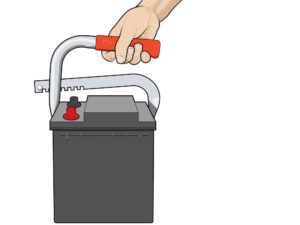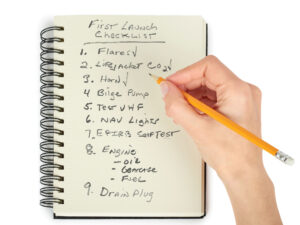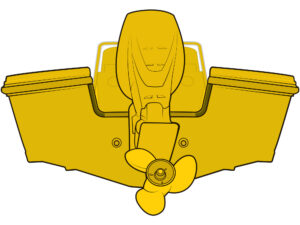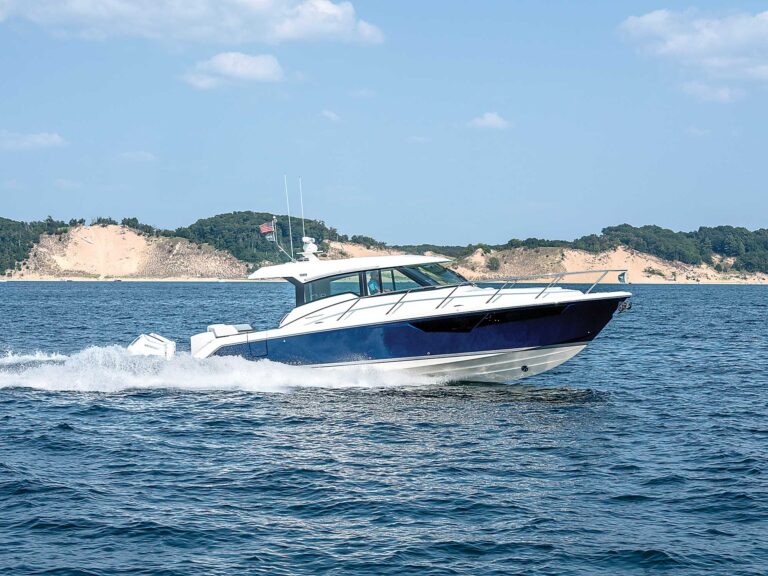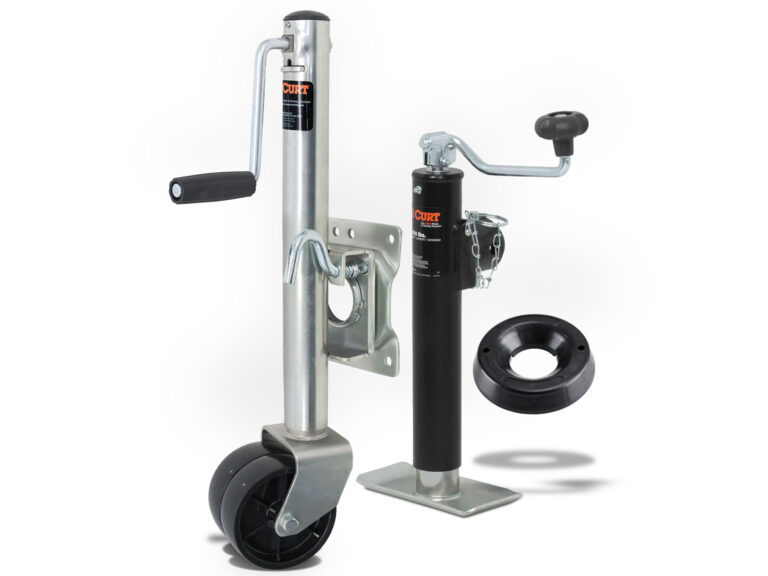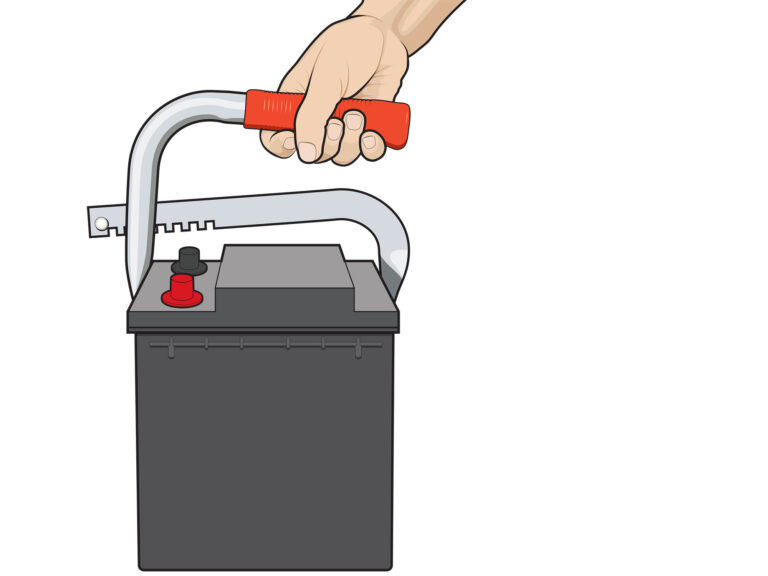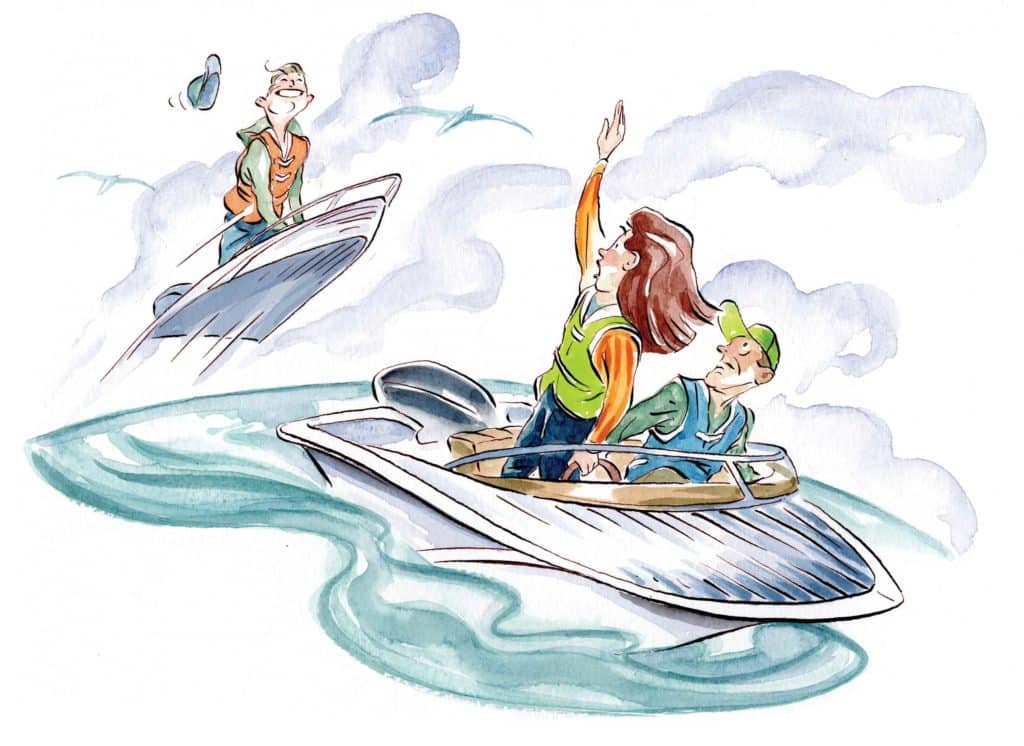
My crew and I were returning from Catalina Island, cruising at 24 mph across glassy seas on the 30-mile passage. By midchannel, I saw no other boats between us and the California mainland, so my guard was down.
A crewmember just happened to look back, and immediately elbowed me and shouted, “Jim, watch out!”
I spun around to see another small boat closing fast from astern on the starboard-side. About 200 feet away when we noticed him, the skipper was angling sharply toward us at more than 30 mph—a course that would, within a few seconds, cross ours at a dangerously close distance. I hammered the throttle, and the midrange punch of the 200 hp Suzuki outboard vaulted to us toward top speed. The other boat, maintaining its course and speed, now angled across our wake.
This experience points to more than one lesson in seamanship. For one, as waters become more crowded with new boat owners—a result of the pandemic-influenced boom in boat sales—skippers must stay ever vigilant. Returning to our opening example, an experienced skipper in the overtaking vessel would have altered course and gone astern. But you cannot count on this. Be mindful of all rules of the road, but don’t be surprised when others fail to do likewise. Be ready to take evasive action, even if you’re the stand-on vessel.
The second lesson holds that threats are not always in your forward field of vision while underway. Sometimes they’re behind or above you. Keep your head on a gimbal, and use your eyes and other tools to ensure safety whenever you’re on the water.
While at the wheel, I tend to keep my attention forward in an arc spanning about 180 degrees, including my peripheral vision, to see threats from abeam as well as ahead. As mentioned earlier, however, faster boats approaching from the other half of the arc can pose danger. For this reason, ask a crewmember to take a seat facing aft and speak up when another boat is spotted. Yet don’t abdicate your responsibility as the skipper. Glance aft every few minutes. This becomes even more important in high-traffic areas, such as channels leading to the inlet or harbor entrance, and whenever decelerating.
If you have a radar, here’s another trick. Set the range to about a half-mile and adjust the guard zone to a full circle. This will alert you with an audible and visual alarm to all traffic, including boats behind you.
Looking for threats from above might sound odd, but anyone who’s snapped off a VHF antenna while passing under a low bridge will understand. There are more than bridges to worry about. For example, you need to be aware of your air draft when cruising down a narrow creek with overhanging trees, or under a covered marina with a roof made lower than unusual by high water. The objects aloft can snag antennas, fishing rods in upper holders, towers and more.
In the Florida Keys, boating anglers often bum baskets of “deck trash” from shrimp boats, using the discards from the trawl nets as chum for tarpon and other fish. But when a shrimper has its trawl booms deployed, they can pose a serious threat from above. More than once, I’ve witnessed fencing matches between booms and outriggers as the dueling boats bobbed in the waves. The booms always win.
Read Next: More Seamanship Columns
Another airborne object you might not expect or readily see is a fishing kite. Often deployed by offshore anglers hundreds of yards away from the boat to dangle baits for sailfish at the surface, kites are not the issue so much as the lines and rigging hanging under them. If you strike them at speed, they might tangle with the boat and running gear, and possibly injure crewmembers.
The key is for you and your crew to always maintain a sharp lookout, scanning behind and above the boat, as well as abeam and ahead so that you always have eyes all around.


